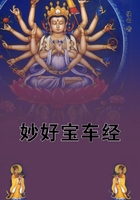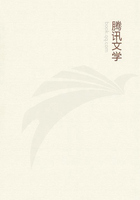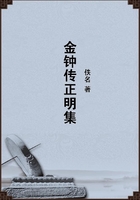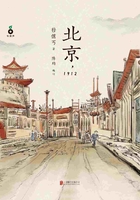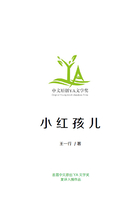In a book entitled Wireless Telegraphy published in 1908, William J.White of the Engineer-in-Chief's department at the G.P.O.wrote,"The work of Sir (then Mr) William Preece, important though it was, did not attract the attention of the public to the extent that might have been expected.This was due to the fact that no sooner had he demonstrated a method of wireless telegraphy which was a commercial possibility than his system was superseded by another, and a better one, brought to England by Mr Guglielmo Marconi in 1896.The possibilities of Mr Marconi's system were at once recognised by Mr William Preece.The experience of the elder and the genius of the younger man, who must be given the credit of having devised the first practical system for wirelesstelegraphy, combined to turn apparently disastrous failures into success, and now (in 1908), wireless telegraphy has become, in less than a decade, part and parcel of commercial and national life."The world's first patent for wireless telegraphy was awarded to Marconi on the 2nd June 1896.In it he stated that "electrical action can be transmitted through the earth, air or water, by means of oscillations of high frequency." In the first public demonstration of his equipment Marconi spanned the 365 metres between the G.P.O.and Victoria street.Later, on Salisbury Plain, in March 1897, his signals were detected over 7 kilometres away.On the 11th & 18th May 1897 messages were first exchanged over water.On the 27th of March 1899, during naval manoeuvres, Marconi bridged the English Channel for the first time, a distance of about 140 kilometres.His transatlantic triumph came on the 12th December 1901 when the morse letter 'S' was transmitted from Poldhu, in Cornwall and received by Marconi himself at St.John's, Newfoundland, who recorded the historic event in his pocket book simply "Sigs at 12.20, 1.10 & 2.20".
The operation of Marconi's transmitter was itself quite spectacular.To produce the oscillations he employed the oscillator designed by Augusto Righi.Depressing the key closed the circuit and brought the inductor coil into action.Vivid sparks occurred between the balls of the oscillator, to the accompaniment of a succession of sharp cracks, like the reports of a pistol, and some energy was sent off the square metal plate in the form of trains of electromagnetic waves, which radiated out in all directions.But the energy occupied a very large bandwidth and the receivers of that period could not separate two transmissions.William J.White of the Post Office wrote in 1908, "The chief objection which has been raised against modern wireless telegraphy is its want of secrecy.With a transmitter sending out waves in all directions, it is possible for unscrupulous persons to receive the messages and make an improper use of them.This form of 'scientific hooliganism' has, in fact, become somewhat notorious.When two or three transmitters are each sending out their electromagnetic waves, the result, naturally, is utter confusion." White added that the British Postal Administration was refusing to grant licences for more than one system inthe same area, in spite of the fact that there had been some 'alleged' solutions of the problem.The phenomenon of resonance was known and Dr (later Sir Oliver) Lodge had taken out various patents between 1889 and 1898 in connection with receivers.Marconi and his assistants ultimately solved the problem by modifying Lodge's syntonic Leyden jar tuned circuit.They added a tapped inductance in the aerial circuit of the transmitter and used variable capacitors instead of fixed ones.This was probably the most significant modification made in the development of wireless telegraphy.(In Greek the word syntonismos 'to bring to equal tone' is used for 'tuning'.)Apart from the patents taken out by Sir Oliver Lodge and Dr Alexander Muirhead, in 1897, patents were taken out in Germany by Professor Braun of Strasbourg, who was joined by Professor Slaby and Count D'Arco in 1903 to form the Telefunken company, and in the U.S.A.by Dr Lee De Forest of the American De Forest Wireless Telegraph Company who was the first to use a high A.C.voltage of 20,000 volts to obtain the necessary high-potential discharges, thus dispensing with the induction coil.Again in the U.S.A., Professor R.O.Fessenden was responsible for the design of new types of transmitting and receiving apparatus.
During this period Marconi had resisted all offers by financiers to acquire his patents.In July 1897 he entrusted his cousin Jameson Davis to form The Wireless Telegraph & Signal Company Ltd which soon became Marconi's Wireless Telegraph Co., and ultimately the Marconi Company.
William Preece of the Post Office detached one of his assistants, George S.Kemp, to help Marconi.Kemp was destined to become his right-hand man and served Marconi faithfully throughout his life.By today's standards, Marconi can be said to have been a highly successful entrepreneur.He had the great knack of selecting the right man for the job, and inspired deep loyalty in his staff.He regarded himself as an 'amateur' and often paid tribute to the work of radio experimenters.
(Most of the above passages are quoted from 'A History of the Marconi Company' by W.J.Baker, published by Methuen & Co Ltd.reprinted in 1979.)

